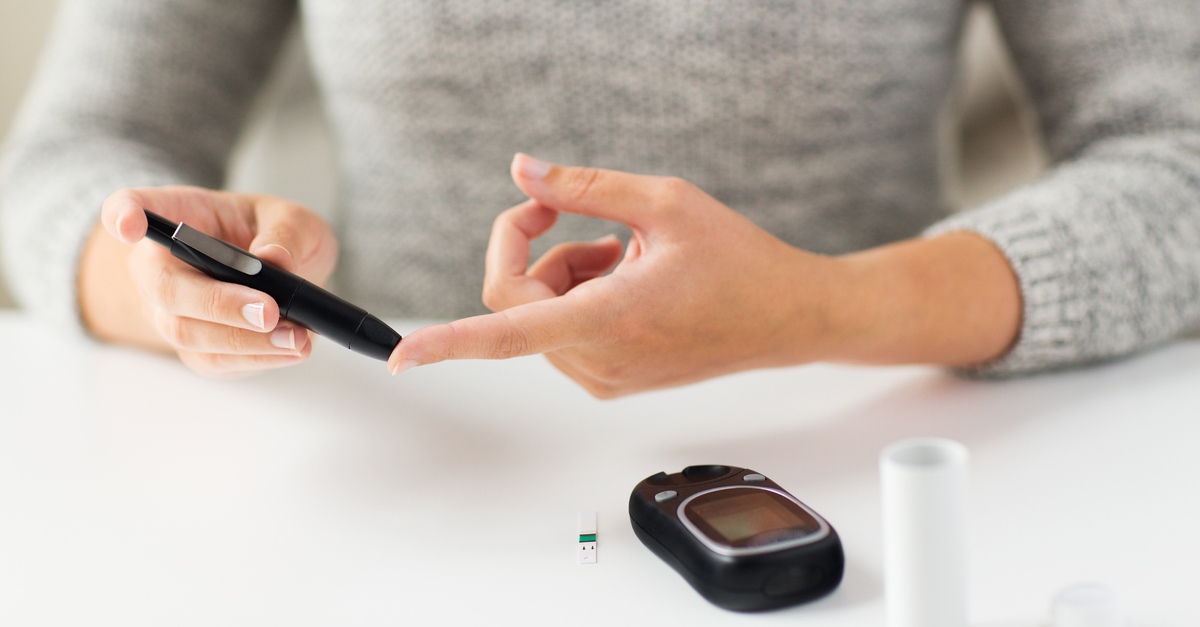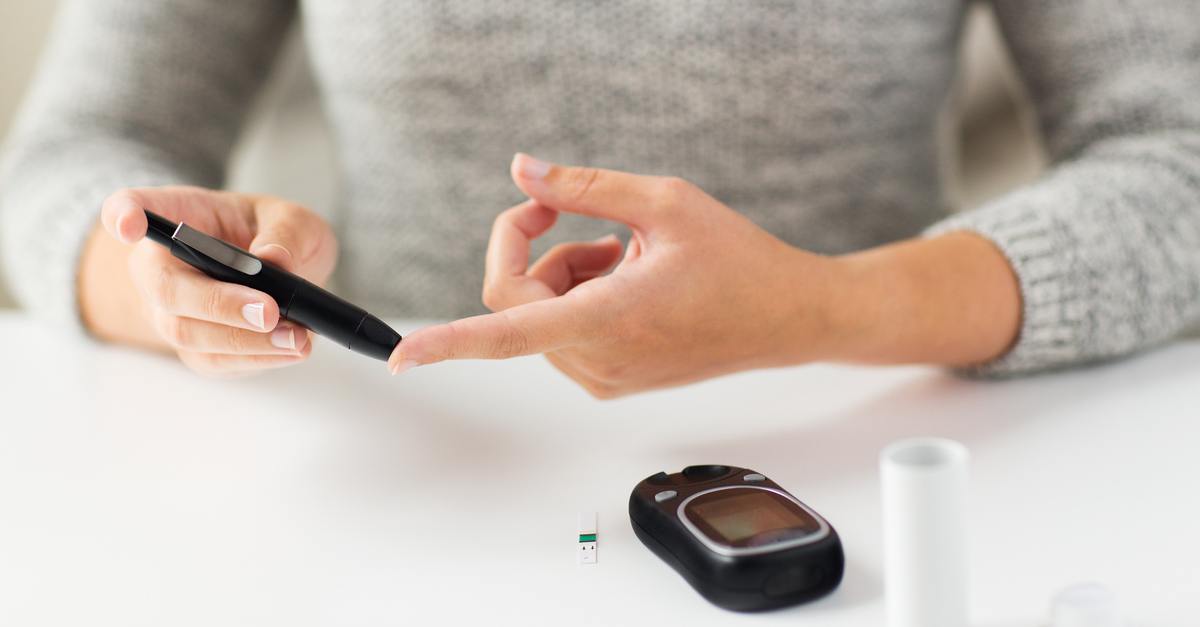With the rise of diabetes awareness and proper diabetes knowledge, the rates of lower limb amputations have gone down more than 50% in the past 20 years. There are lots of precautions that you should be taking to protect yourself from diabetes limb loss.
More than 80% of amputations begin with foot ulcers. Nerve damage and poor blood circulation—side effects that can come with diabetes—make the feet more vulnerable to skin sores or ulcers. Starting with proper and diligent foot care is the best way to prevent further damage and possible amputation.
Preventing Foot Ulcers
The best way to avoid diabetes limb loss is to start with proper diabetes management—meaning a healthy diet, regular exercise, blood sugar monitoring, and taking your medications as prescribed. The next best way is to take care of your feet.
Inspect your feet daily, so that if something appears you know exactly when it started. Washing your feet daily should be a part of this inspection. Wash your feet with lukewarm water, dry them gently and use a pumice stone to gently remove dead skin wherever calluses tend to form. Sprinkle talcum powder of cornstarch between your toes to keep the skin dry, and moisturize the bottoms of your feet so the skin stays soft. Preventing cracks in your skin helps keep bacteria from getting in.
If you notice any calluses or other foot lesions, do not remove them yourself. Don’t use a nail file, nail clipper or scissors on calluses, corns, bunions or warts, and don’t use chemical wart remover. See your doctor or foot specialist instead, and they’ll know exactly how to handle it. Be careful when trimming your toenails—cut straight across and carefully file any sharp edges with an emery board.
Avoid going barefoot whenever you can! This can prevent injury to your feet, and keep them as clean as possible. Even just walking around the house, it’s recommended that you have shoes on. Wear clean dry socks as well—something made of cotton, special acrylic fibers, or anything that will pull sweat away from your feet. Avoid sock made of nylon, or any socks with tight elastic bands that may reduce the circulation in your feet.
Make sure your shoes fit properly, and have plenty of support for your heel, arch and the ball of your foot. You don’t want your toes too crowded, or shoes that irritate your skin. If your feet are different sizes, buy shoes for the larger one—it’s better that you have more room rather than less. Your doctor may even recommend specially designed shoes that will fit your feet exactly, ensuring maximum comfort and support.
Smoking impairs circulation significantly and reduces the amount of oxygen in your blood. If you have diabetes, you may already have poor circulation and smoking will only make it worse.
See your doctor regularly, at least once a year. Of course, if you notice anything abnormal on your feet, or you have an ulcer that isn’t healing, make an appointment right away. Some signs that you should call your doctor include ingrown toenails, swelling and redness, athlete’s foot, discolored skin, plantar warts, pain, or any ulcer that is bigger than ¾ inch or lasts more than one or two weeks.
For more information, contact BioTech today!

